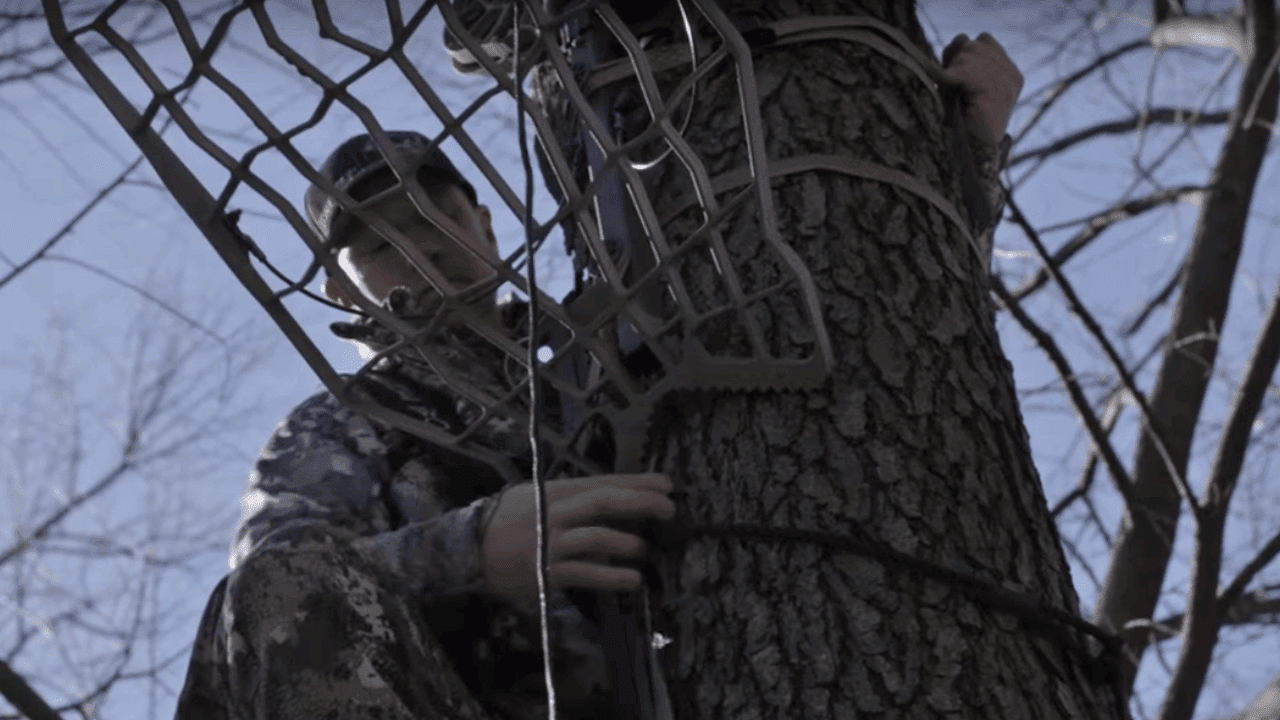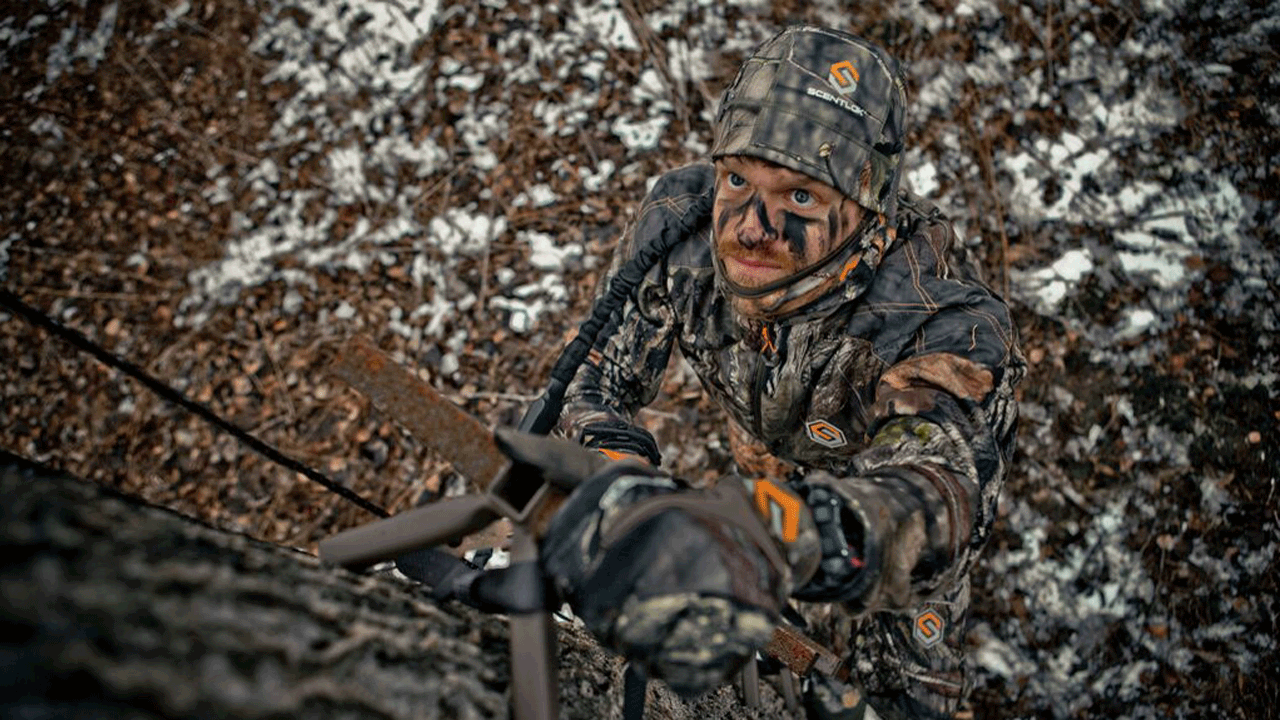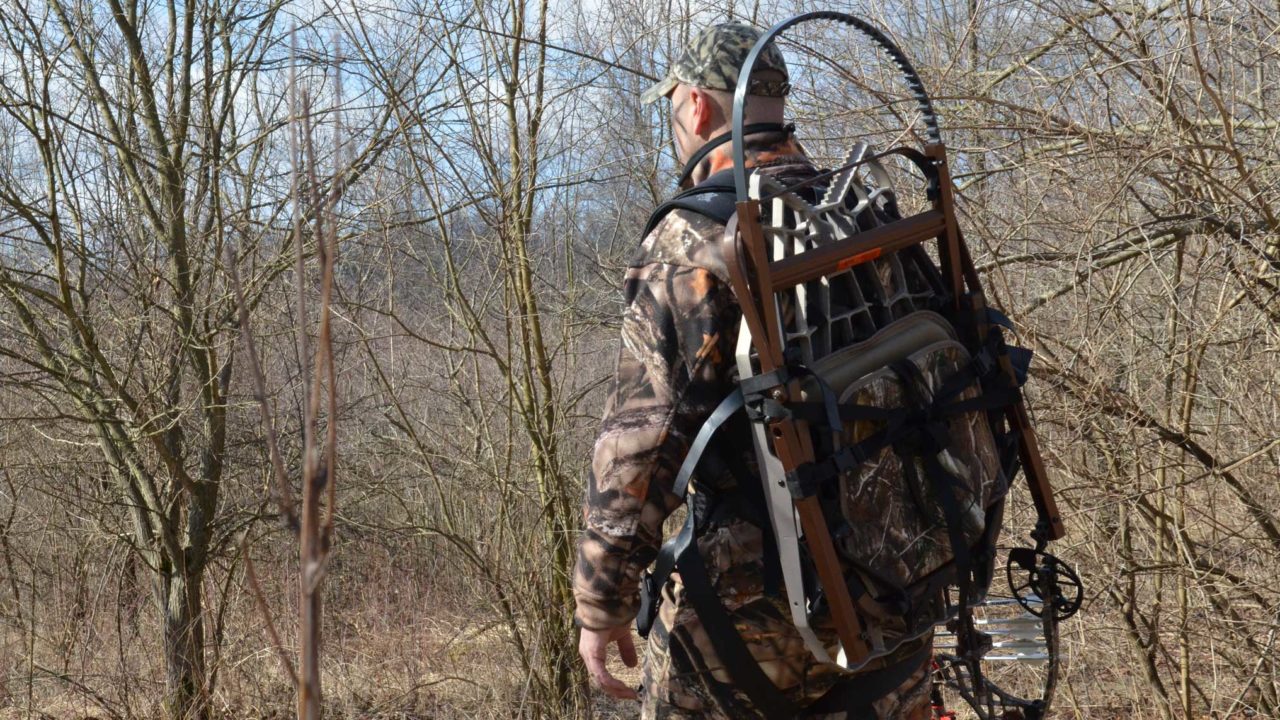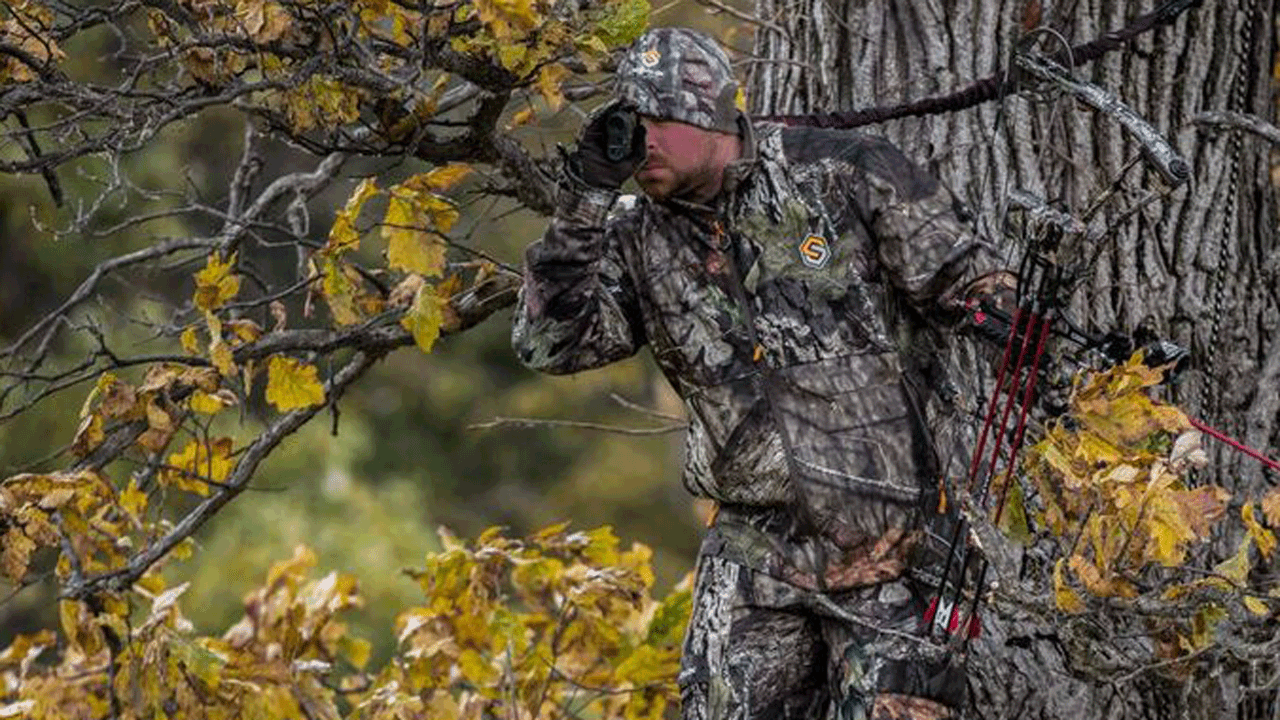by Heath Wood
Hang-On or a climbing treestand…which works best? That, of course, all depends on who you ask. The debate is not unlike the Ford vs. Chevy debate that seems to go on without end. Rarely will you hear a hunter say they like both styles of treestands. Typically they are a die hard fan of one or the other. Unfortunately, that is the way the treestand debate is disputed as well, when in reality, we should be using both stands in order to boost our odds for success no matter where the hunt takes us.
As a fisherman uses different styles, colors and shapes of lures in order to catch more fish, the same method of thinking needs to be applied when it comes to treestand hunting. Using a treestand that is best in a particular hunting situation, rather than being stuck on one particular style can lead to a successful hunt.

Hang-On or climbing treestand – which stand works best on the grounds you hunt?
Hang-On Treestand
The hang-on style treestand has arguably become the most popular over the last few years. The most obvious reason for this popularity is because this stand has the ability to be hung and left for the entire season. I like this stand because it allows for the ability to hunt an area in stealth mode. I love to hunt an area in which I know that a lot of deer are moving. Areas such as a travel route from bed to food are a favorite. When I find these areas, I will then find one of the most gnarly looking trees that I can put climbing sticks up and tuck a hang-on stand in among the branches. This keeps my form well hidden as deer move back and forth during their natural everyday travel routes. This same tactic of blending in is great for the edge of a small food source as well. Having the ability to be in the branches and staying hidden allows for deer to be feeding at close range, while never knowing there is a hunter in the area.
Another great thing about a hang on is that they can be placed in almost any tree compared to a climbing treestand that has to be fairly straight with very few limbs, which can cause the concealment of the hunter to be less effective. A hang-on is also able to go in a specific spot where the hunter has scouted and found the best sign. This is why a lot of hunters will have multiple stand sights on one piece of property, such as a stand for certain wind directions, food sources, travel routes and water sources. When the time is right, you can ease into the best stand location for that particular hunt without making any unnecessary noise or movement.

Hang-On stands allow for the most versatility in your treestand placement.
Climbing Treestand
Climbing treestands often get snuffed these days for being limited in where you can use them. However, as mentioned earlier, when used in the right locations, or for a specific purpose, they too can be an essential tool for success. For example, if you’re hunting with an outfitter, hunting public land, or even on an extended hunt on private land where there is not as much time to scout and hang stands, a quality climbing stand can be very beneficial. Not only are they easy to take down at the end of the hunt, but they can be used as a great observation stand. One of my favorite tactics is to go into a new location and spend the first day scouting by watching from an observation stand. Open field areas are a great place to get on the edge of the timber with a climbing treestand. They allow the hunter to get up high enough to be able to see what the deer are doing, then make the proper adjustments to get in close.

Climbing treestands can be a quick option for staying mobile throughout the season.
Another way to utilize climbers is when hunting the rut. We all know that patterning a buck is hard during the rut due to their enticement of a hot doe. Another great benefit of climbers is mobility. When hunting the rut, hunters can easily make a move from one location to another depending on where the most buck activity is showing up. All of this can be accomplished without having to take time to move a stand, and having to use climbing sticks as required with hang-on stands. Having mobility during the rut could be the missing piece of a puzzle when trying to harvest a mature buck.
One of my past dislikes of climbers was the heaviness of them. The weight often does not allow the hunter the ease of carrying it around when trying to decide where to hunt. However, technology of today’s treestands are lighter than ever before allowing hunters to carry them like a backpack until they find the right location to hunt. This truly can make the hunter more versatile when chasing mature bucks.

Climbing treestands are quick and simple, but don’t allow you to hunt a tree with any cover for concealment.
There are many different techniques and styles when it comes to bowhunting mature bucks. So when it comes to which treestand works best, hang-on or climbing treestand, the answer is, they both have their place and serve their purpose. The type of stand that fits the style of hunting that you are doing is the kind that needs to be used. If hunters will have both options ready for use, they will become a more versatile hunter, which in turn will make him or her a more successful hunter.
Remember, always wear your safety harness and lifeline when hunting from any treestand.
We want to hear from you. What type of treestand works best on the farms you hunt? Comment below and let us know.





